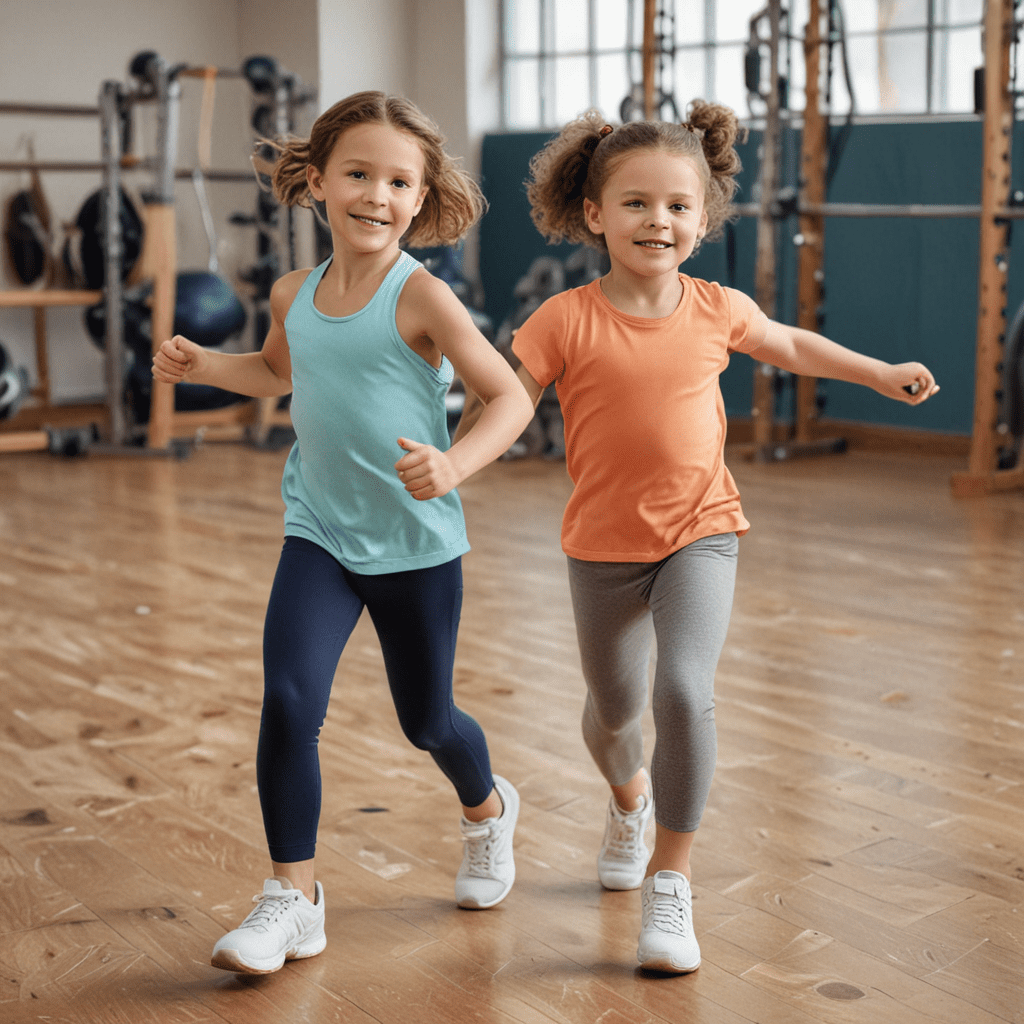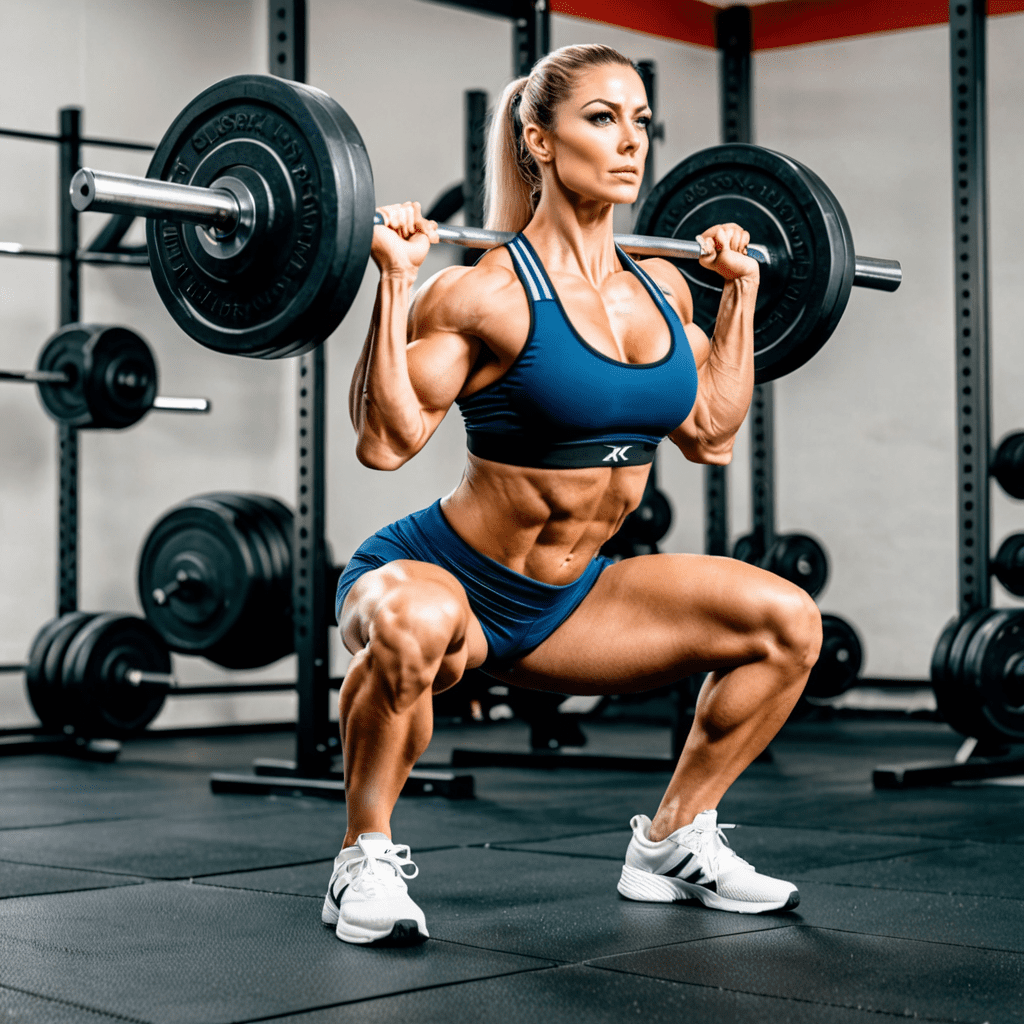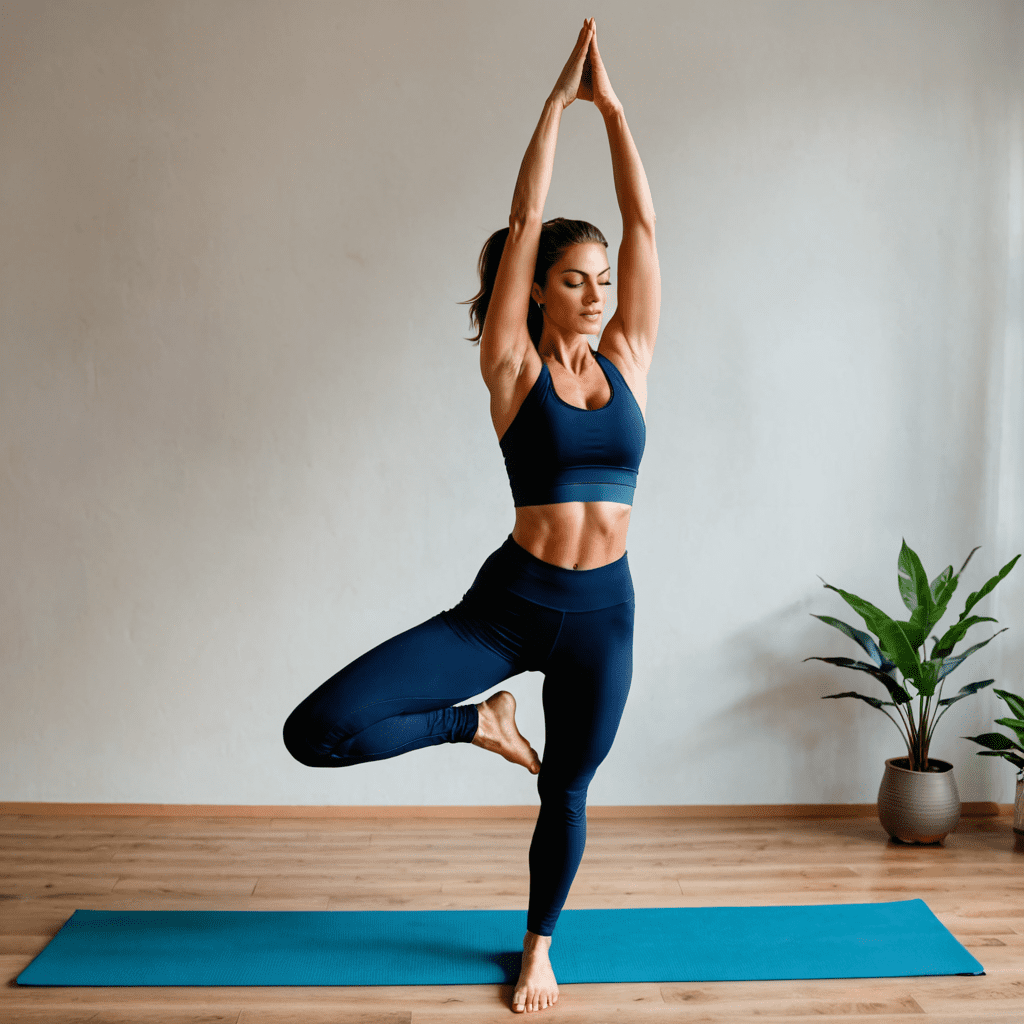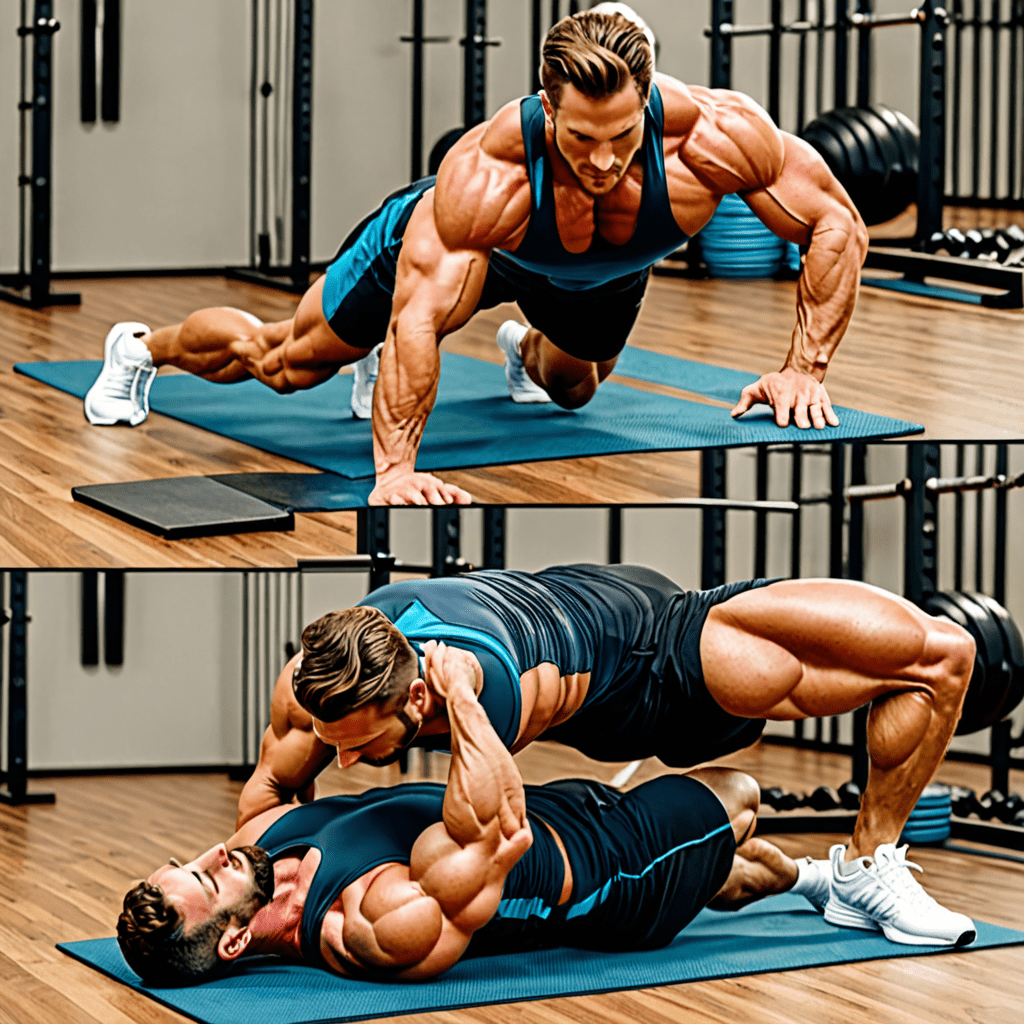
The Benefits of Creative Movement for Children's Physical Wellbeing
Introduction: The Importance of Creative Movement
Creative movement is a form of physical activity that encourages children to use their imagination and express themselves through movement. It involves activities such as dancing, jumping, running, and tumbling. Creative movement is essential for children's physical development as it helps them to develop their gross motor skills, balance, coordination, and cardiovascular health. It also promotes spatial awareness, flexibility, and range of motion.
Enhancing Gross Motor Skills
Gross motor skills are large movements that involve the whole body, such as running, jumping, and throwing. Creative movement activities help children to develop these skills by providing them with opportunities to practice these movements in a fun and engaging way. For example, a game of tag or a dance class can help children to improve their coordination, balance, and agility.
Improving Balance and Coordination
Balance and coordination are essential for everyday activities, such as walking, running, and playing sports. Creative movement activities can help children to improve their balance and coordination by challenging them to perform movements that require them to control their body and maintain their equilibrium. For example, a balance beam or a game of hopscotch can help children to develop their balance and coordination.
Promoting Cardiovascular Health
Cardiovascular health is important for overall health and well-being. Creative movement activities can help children to improve their cardiovascular health by increasing their heart rate and getting their blood flowing. For example, a game of tag or running around the playground can help children to strengthen their heart and lungs.
Developing Spatial Awareness
Spatial awareness is the ability to understand the relationship between objects in space. Creative movement activities can help children to develop their spatial awareness by providing them with opportunities to explore different environments and move around in different ways. For example, a game of hide-and-seek or a dance class can help children to learn about the layout of a room and how to move around in it safely.
Fostering Flexibility and Range of Motion
Flexibility and range of motion are important for everyday activities, such as reaching, bending, and twisting. Creative movement activities can help children to improve their flexibility and range of motion by stretching their muscles and joints. For example, a yoga class or a dance class can help children to improve their flexibility and range of motion.
Encouraging Physical Literacy
Physical literacy is the ability to move competently and confidently in a variety of physical activities. Creative movement activities can help children to develop their physical literacy by providing them with opportunities to explore different types of movement and to learn how to move their bodies in different ways. For example, a gymnastics class or a martial arts class can help children to develop their physical literacy.
Supporting Cognitive Development
In addition to physical benefits, creative movement can also support cognitive development. Creative movement activities can help children to improve their attention, memory, and problem-solving skills. For example, a dance class or a game of Simon Says can help children to improve their attention and memory.
Boosting Self-Esteem and Confidence
Creative movement activities can help children to boost their self-esteem and confidence. By learning new skills and overcoming challenges, children can develop a sense of accomplishment and pride. For example, a dance class or a gymnastics class can help children to build their self-esteem and confidence.
Conclusion: The Lasting Benefits of Creative Movement
Creative movement is an essential part of a child's development. It provides physical, cognitive, and social benefits that can last a lifetime. By incorporating creative movement into their daily lives, children can improve their overall health and well-being and set themselves up for success in school and beyond.
FAQ
What are the benefits of creative movement for children?
Creative movement provides a number of benefits for children, including:
- Improved gross motor skills
- Enhanced balance and coordination
- Increased cardiovascular health
- Developed spatial awareness
- Fostered flexibility and range of motion
- Encouraged physical literacy
- Supported cognitive development
- Boosted self-esteem and confidence
What are some examples of creative movement activities?
Some examples of creative movement activities include:
- Dancing
- Jumping
- Running
- Tumbling
- Yoga
- Martial arts
- Gymnastics
- Games such as tag and hide-and-seek
How can I incorporate creative movement into my child's daily routine?
There are many ways to incorporate creative movement into your child's daily routine. Some ideas include:
- Enrolling your child in a dance class, gymnastics class, or martial arts class
- Playing active games with your child, such as tag and hide-and-seek
- Encouraging your child to participate in creative movement activities at home, such as dancing to music or playing with playdough
Is creative movement appropriate for all children?
Creative movement is appropriate for all children, regardless of their age, ability, or skill level. Creative movement activities can be adapted to meet the needs of each individual child.


